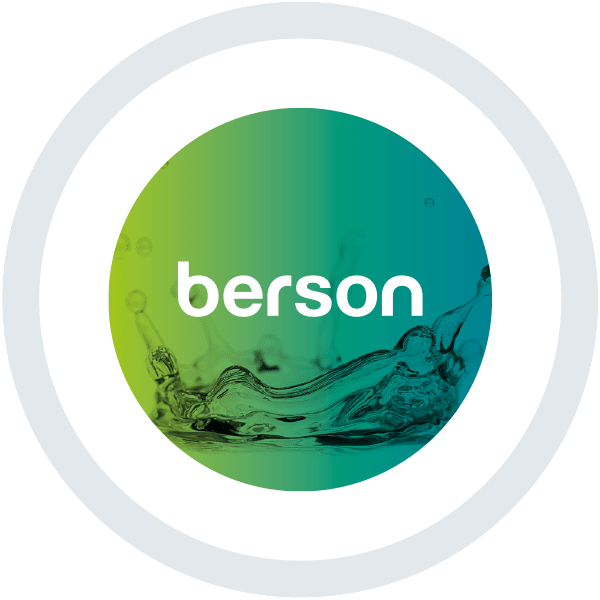Freitag, September 18th, 2020

by Saumya Garg & Arielle Numbro Land-based recirculating aquaculture system (RAS) is a partially closed loop aquaculture technology that has recently gained widespread market acceptance and scale. RAS is not only environmentally sustainable but also helps conserve water in modern aquaculture systems. The technology also enables a better control over the farm environment, greatly reducing
Donnerstag, August 27th, 2020

By Saumya Garg (This is Part 3 of a three-part series on Reclaimed Water. Part 1 of the series was an introduction on reused water. In Part 2 we looked at Direct Potable Reuse of water.) Indirect Potable Reuse (IPR) water is when reclaimed water is released to environmental buffers such as reservoirs and aquifers
Freitag, August 21st, 2020

How do you know the UV lamp is on? Older UV systems used to have a view port you could look into. But pressing your eye against a lens and looking at a 3.5 kW UV lamp could be intimidating. Many systems have the UV chamber and electrical control panel in different rooms. Without walking
Montag, August 17th, 2020

By Saumya Garg (This is Part 2 of a three-part series on Reclaimed Water. Part 1 of the series was an introduction on reuse water. In Part 3 we will look at Indirect Potable Reuse of water.) Direct Potable Reuse (DPR) water is when reclaimed water is either directly blended with raw water immediately before
Mittwoch, August 5th, 2020

Growing human population, urbanization, expanding agricultural production, and climate change have created large water demands beyond local + regional supply capacity, especially in undeveloped and developing nations. Consequently, treated wastewater is being indirectly reused globally to replenish the fast depleting ponds, rivers and lakes that serve as the source of our drinking water. According to
Mittwoch, August 5th, 2020

In 2017 the Centers for Medicare & Medicaid Services (CMS) issued a memorandum requiring healthcare facilities to implement a water management program to reduce the risk of growth and spread of Legionella and other opportunistic pathogens in water. The memorandum stated that between 2000 and 2014, 19% of reported cases of Legionnaires’ Disease (LD) outbreaks
Dienstag, Juni 23rd, 2020

Chlorine is being used as the most common disinfectant in water treatment processes. Municipal water works are using chlorine as a residual disinfectant to maintain hygienic conditions within the public drinking water network, feeding both domestic and industrial consumers. In addition, many industrial users also dose chlorine within their water treatment processes, either to secure
Donnerstag, Oktober 10th, 2019

It is estimated that globally close to 85 million people visit a water park annually. According to Statista, as of 2019, there are about 1,158 water parks in the United States alone, of which 817 are Outdoor parks, 155 are indoor resorts, 111 are stand-alone indoor water parks and the remaining 75 are resorts with
Donnerstag, Oktober 3rd, 2019

By Saumya Garg Spread over a period of about a year and a half, from January 2017 to July 2018, South Africa saw the deaths of 216 people and the hospitalization of over 800 people. The cause: Listeriosis caused by the bacteria Listeria monocytogenes. Listeriosis is a rare, yet serious food borne illness with a
Donnerstag, August 15th, 2019

One of the common places where Legionella can grow and multiply is within hot water systems such as domestic hot water heaters, commercial hot water storage tanks, etc. While hot water environments are typically unfavorable for most organisms, Legionella grows best within a temperature range of 77F-108F. Outside of that range, Legionella can survive in



















